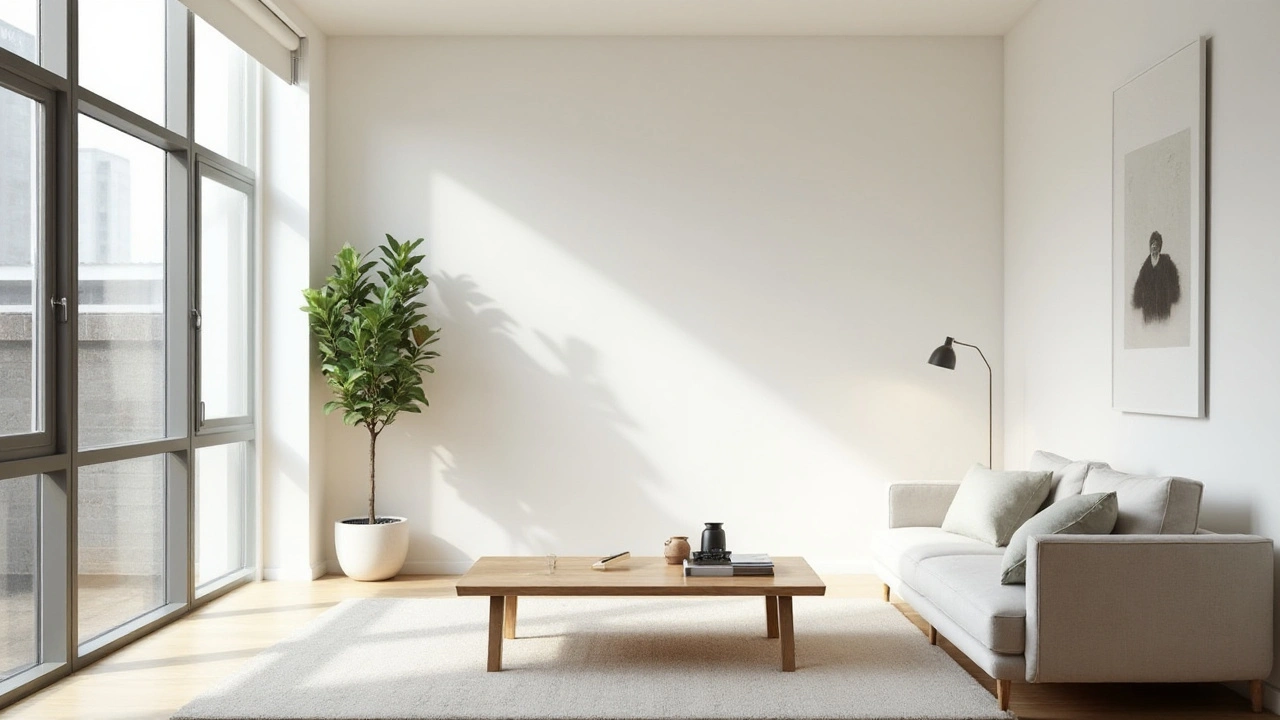Simple living: design tips to make your home calm and useful
Simple living isn't about empty rooms or copying a catalog. It's about choosing what matters in your daily life and shaping your home around those choices. Good design supports routines, lowers stress, and saves money. Below are clear, practical moves you can try this weekend.
Start by decluttering with purpose. Instead of tossing items randomly, sort things by function: keep what you use weekly, store what you use monthly, and donate what you haven't touched in a year. A small box of sentimental items is fine — aim for balance, not perfection. When surfaces are clear, your rooms feel larger and your brain works better.
Design moves that support simple living
Choose multipurpose furniture. A bench with storage, a sofa bed, or a kitchen island that serves as a workspace cuts clutter and boosts use. Pick durable materials like wood, stone, or well-made metal. They age gracefully and reduce the urge to replace items often. Think about sight lines: low bookcases, open shelving, and consistent color palettes keep spaces calm.
Let natural light lead the layout. Move furniture to let sunlight travel across the room. Light makes small spaces feel bigger and reduces the need for many lamps. If your windows are old, consider simple upgrades like clearer glass or lighter curtains instead of full replacements. Plants are cheap mood boosters; one or two placed where you spend time can change the feel of a room.
Style choices that last
Favor proportion over trend. A well-proportioned chair or window trim inspired by older styles — like Colonial or Craftsman details — can look fresh for decades. You don't need to decorate with period pieces; borrow scale and restraint from those styles. Use color sparingly: a neutral base with one or two accent tones keeps a space versatile.
Layer function into aesthetics. Hooks, labeled baskets, and a simple routine for incoming mail prevent clutter from piling up. Plan zones for work, rest, and hobbies, even in small homes. This keeps activities organized and reduces the mental load of switching tasks. If you live in a historic house or enjoy revival styles, use them as a framework for limits: established rules in design make decisions easier.
Technology can help, but keep it minimal. Replace many single-use gadgets with a few flexible tools. Tidy cords and automate lights on simple schedules to cut daily friction. Finally, test changes for a month. Simple living is personal — keep what improves your life, drop what doesn't, and repeat.
Want examples you can copy? Read short guides on Macklowe Art & Architecture. Try the American Craftsman article for durable finishes and built-ins, the Minimalism in Tech piece for cutting digital clutter, and the Colonial or Greek Revival posts to see how classic proportions create calm rooms. If you love natural light and mosaics, the Byzantine and Art Nouveau features show material choices that last. Take one idea from each and apply it slowly each day.

Minimalism: The Antidote to Materialism
Minimalism isn't about owning less-it's about living with more clarity. Learn how letting go of materialism brings back time, focus, and peace in a world built to keep you buying.
Read more
Embrace Simple Living: The Power of Letting Go of Excess
Minimalism is more than just a trend—it’s a lifestyle choice that can positively transform your life. By letting go of excess and focusing on what truly matters, you can create a more meaningful, efficient, and joyful existence. This article explores interesting facts about minimalism, provides practical tips for decluttering, and shows how simplifying your life can lead to greater happiness.
Read more